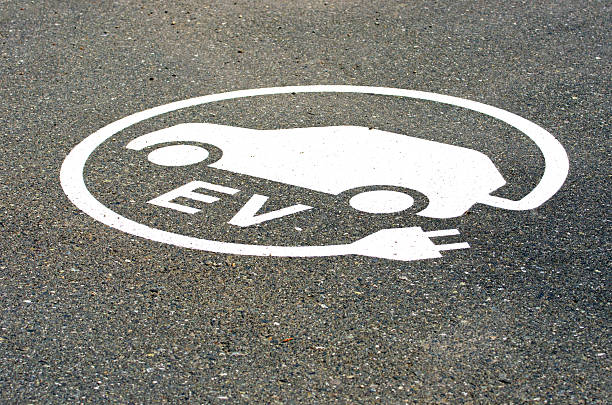EDITOR’S COMMENTS: Governments advancing the electric vehicle revolution

By Ellsworth Dickson
Those of us in the mining industry are keenly aware how the laws of supply and demand – Â influenced by both manufacturers and consumers – play an important role in what mineral commodities explorers, developers and miners will target.
However, perhaps for the first time in history, governments all around the world are influencing demand for battery metals by not only offering incentives for electric vehicle (EV) buyers but also legislating that consumers will be forced to buy EVs while at the same time eventually outlawing the sales of new internal combustion vehicles.
The Zero-Emission Vehicles Act (ZEVA), passed on May 29, 2019, means all new light-duty cars and trucks sold in British Columbia will be clean energy vehicles by 2040, delivering on a key commitment the government made in its CleanBC plan.
British Columbians are already buying the most zero-emission vehicles per capita in Canada. In the first quarter of 2019, they made up over 6% of new light-duty vehicle sales in B.C. Due to the popularity of its CEVforBC rebate program, the government recently topped up the incentives with another $10 million, part of the $42 million that was committed in Budget 2019.
“With federal and provincial rebates now in place, switching to an electric vehicle is more affordable than ever,” said Michelle Mungall, Minister of Energy, Mines and Petroleum Resources. “The Zero-Emission Vehicles Act will make sure British Columbia continues to be on the forefront of the clean energy revolution.”
Zero-emission vehicles use clean energy, improve air quality and cost dramatically less to fuel and maintain. ZEVA will require all new light-duty vehicles sold in the province to be zero-emission vehicles by 2040. This target will be met using a phased-in approach: 10% of new light-duty vehicle sales by 2025, 30% by 2030 and 100% by 2040.
“By requiring that a percentage of vehicle sales in B.C. be zero-emission models, automakers will respond to the demand by offering consumers more choices,” said George Heyman, Minister of Environment and Climate Change Strategy. “Along with greener options like transit, the increased adoption of zero-emission vehicles will help lower emissions in our transportation sector.”
Zero-emission vehicles include battery electric, plug-in hybrid and hydrogen fuel-cell vehicles.
ZEVA is based on other laws already in effect in Quebec, California and nine other U.S. states.
ZEVA applies to new vehicles for retail sale or lease, with annual requirements for automakers to meet starting for model year 2020. At the same time, the B.C. government put into law that new internal combustion vehicles cannot be sold by 2040.
There are some good economic reasons to purchase an EV. British Columbians who purchase electric vehicles typically save about 75% on their fuel and maintenance costs, which currently add up to about $1,500 per year.
However, B.C. is not alone in phasing out gasoline and diesel vehicles. Countries around the world are also offering subsidies, inventive programs, income tax deductions as well as building charging stations to alleviate “range anxiety”. These include China, India, Japan, South Korea, Armenia, Austria, Belgium, Czech Republic, Finland, France and others.
In May 2010, under its National Program for Electric Mobility, Chancellor Angela Merkel set the goal to bring 1 million electric vehicles on German roads by 2020. To date, 17 countries have announced 100% zero-emission vehicle targets or the phase-out of internal combustion engine vehicles through 2050.
According to the International Energy Agency’s Global EV Outlook 2020, “Shifts to a variety of regulatory and fiscal measures are likely to gradually become a main driver of electric vehicle deployment, setting clear goals and a long-term vision for the industry. Many of the regulatory policies impel vehicle makers to sell a greater number or share of electric or otherwise more efficient vehicles.”
This worldwide governmental push for the manufacturing and purchasing of EV’s combined with their curtailing the sales of internal combustion vehicles will no doubt have a significant impact on the exploration and development of battery minerals, including lithium, copper, nickel, manganese, cobalt and graphite.
